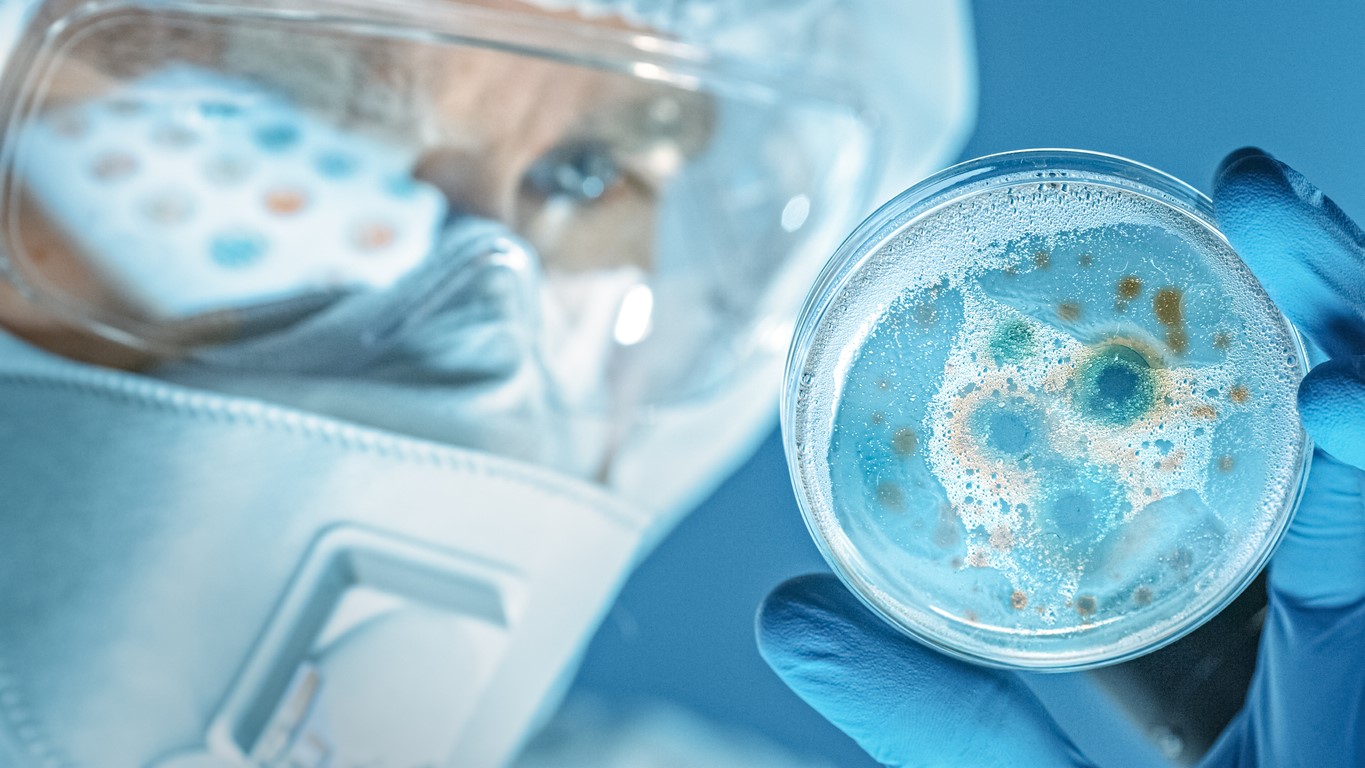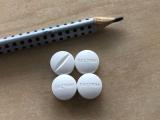New global data on antimicrobial resistance (AMR) and consumption shows high levels of resistance in the pathogens that cause the deadliest infections.
The data in the World Health Organization's (WHO's) Global Antimicrobial Resistance and Use Surveillance System (GLASS) 2022 report, which includes resistance data collected from 87 countries in 2020, show high levels of resistance to the antibiotics used to treat bloodstream infections (BSIs) caused by Acinetobacter spp. (more than 56%) and Klebsiella pneumoniae (more than 57%). The two pathogens accounted for more than 20% of the BSIs reported to GLASS.
Meanwhile, resistance in more common infections is rising as well. More than 20% of Escherichia coli isolates, which are the primary cause of urinary tract infections (UTIs), were resistant to the first- and second-line antibiotic treatments, while more than 60% of gonorrhea isolates were resistant to ciprofloxacin—one of the few antibiotics left to treat the sexually transmitted infection.
Overall, more than 3 million bacterial infections were reported for 2020. Rates of resistance were substantially higher in low- and middle-income countries (LMICs), WHO officials said.
"This report supports the view that AMR represents a global health security threat requiring concerted cross-sectional action by governments and different stakeholders in society," the report stated.
Better data needed
The report is the fifth issued by GLASS, which was established by the WHO in 2015 to inform the AMR response at a national and global level through the monitoring of resistance rates in common bacteria. Standardizing the collection and sharing of AMR data from countries is seen as crucial to understanding the global burden of AMR.
For the report, countries collect and submit AMR data on select pathogens for four types of infection: BSIs caused by Acinetobacter spp., E coli, K pneumoniae, Salmonella spp., Staphylococcus aureus, and Staphylococcus pneumoniae; UTIs caused by E coli and K pneumoniae; gastrointestinal infections caused by Salmonella spp. and Shigella spp.; and genital infections caused by Neisseria gonorrhoeae.
Catarina Van Weezenbeek, MD, PhD, MPH, the WHO's director of surveillance, prevention and control of AMR, said at a virtual press conference that while the information in the report is technical, it's critical for understanding the magnitude of the threat posed by AMR, which she called both a public health and economic threat.
"If you want to defeat your enemy, you need to understand your enemy," Van Weezenbeek said.
While the number of countries enrolled in GLASS has risen from 52 to 127, and many more LMICs are now providing AMR data, WHO officials noted that the data may not be representative of the full picture, a fact underscored by a new feature in the report. For the first time, the 2022 GLASS Report contextualized AMR findings based on an analysis of testing coverage, which varies substantially among countries.
Poorer nations hit hardest
Carmen Pessoa Da Silva, MD, an AMR team lead at the WHO, explained that AMR rates for many "bug-drug" combinations varied widely but were lower in high-income countries with greater testing coverage and substantially higher in LMICs, where lab capacity is weaker and there are few hospitals that conduct AMR surveillance testing.
An example of this discrepancy is the resistance rates for two AMR indicators monitored under the United Nations Sustainable Development Goals—BSIs caused by E Coli and S aureus. The report shows that the median third-generation cephalosporin resistance in E coli BSIs was 41.8% and median methicillin resistance in S aureus BSIs was 34.7%. But when looking only at the countries with the highest testing coverage, those rates were 10.6% and 6.8%, respectively.


























